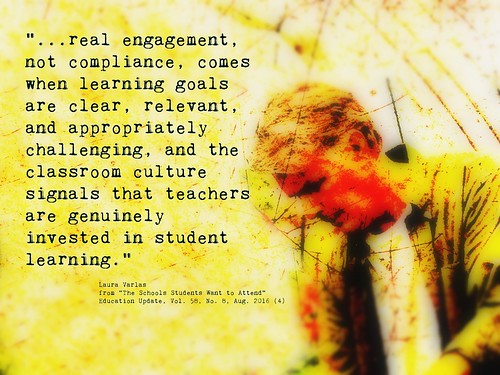What should parents know about Steam? From CommonSenseMedia. team is a place to buy, play, discuss, and learn about games on the internet. It works differently from other websites in that it requires you to download the Steam “engine” to run the games. Once you install the engine and create an account, you can play free games, chat with other users, play multiplayer, join forums, learn about new games, play demos, and even create games for others in the site’s Workshop section — all for free. Most popular games require an additional download — and they often cost money.
Mapping the online world – Nominet “The international nature of the internet was affirmed in the mid-eighties, when a system was agreed for allocating each country its own space online. Each would get a two-letter code within the Domain Name System, the address book of the internet. In 1985, the first three were delegated: .us for the USA, .uk for the UK, and .il for Israel. The internet’s reach would go on to expand well beyond the confines of the globe, as astronaut TJ Creamer showed in 2010 when he tweeted from the International Space Station.
The Future of Collaboration Spaces Encompasses Video, Interactive, Mobile — Campus Technology “The future of classrooms, is moving toward models where students are doing more problem-based learning, working together in teams, and sharing what they’re learning with peers and professors. This is the type of teaching and learning our new classrooms must support.” A recent learning space renovation at Indiana University focused on informal learning, collaborative technology and sharing ideas and content across multiple devices and users.
Teaching copyright with video mashups – Innovation: Education The meaning of the concepts of copyright and fair use, as applied to creative work, has broadened dramatically in the digital world. Students are some of the biggest consumers and creators of work created on digital platforms, but they don’t often understand: 1. what they may legitimately use. 2. how they may use it. 3. What protection exists for their own creative work. 4.Introducing “fair use” concepts. The authors of the post explain how they took the excellent Rework, Reuse, Remix lesson from Commonsense Media to create the foundational lesson plan for an 8th grade Digital Learning class hat St. Francis Xavier School, in Winooski VT. It introduces the concept of fair use and how to apply it to case studies”
EducationHQ Australia – Five ways to get started with STEM It is easy to be practical with STEM studies. “There are so many benefits and as we get further down the track of understanding that whilst STEM will always be a combination of those four core disciplines, it is just as much about interdisciplinary work and collaboration. As a teacher, we don’t have to provide all the answers for students. We just need to create the problem, the context or the inspiration, and great things can happen” There are 5 ways discussed here to get started with STEM with examples linked back to the Key Learning Areas.
Filed under: tools, Uncategorized | Tagged: cyber bullying, cyber-safety, digital citizenship, digital safety, educational games, excel, Microsoft Excel, PBL, project based learning |







Leave a comment